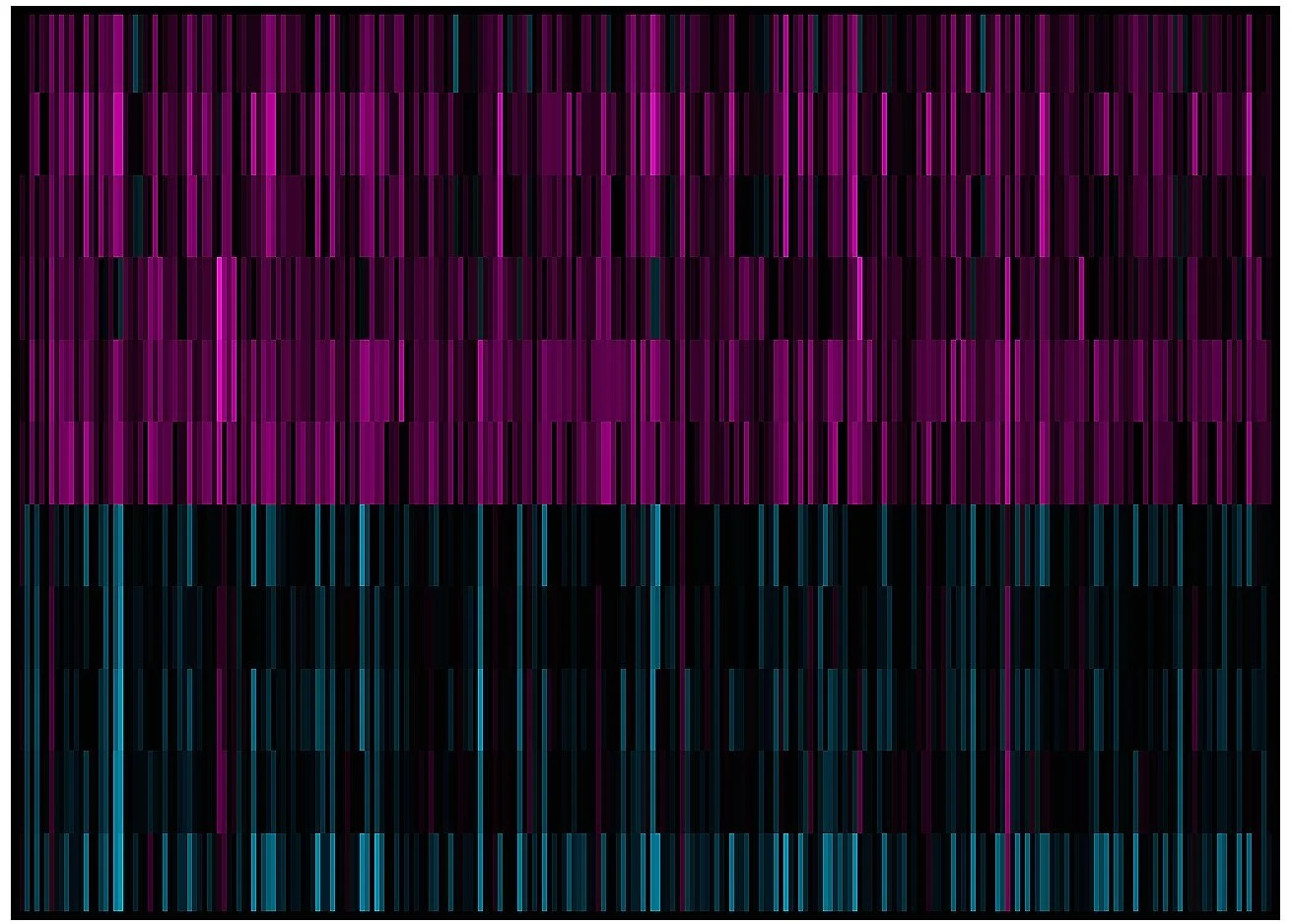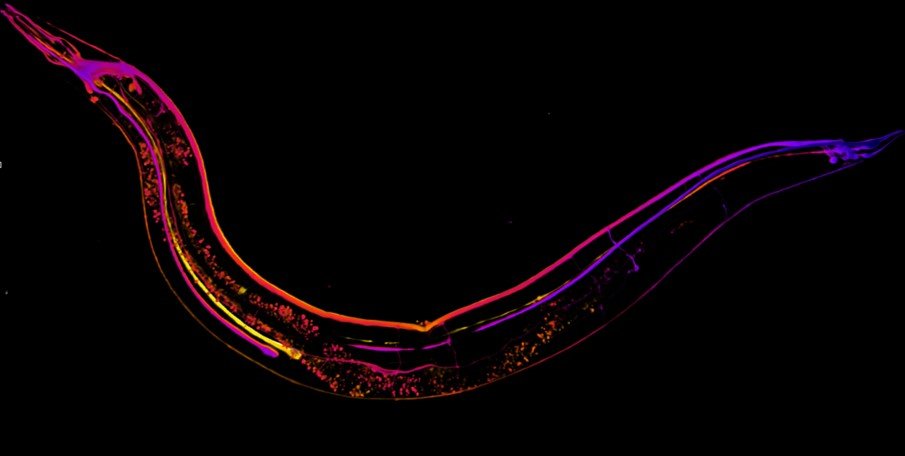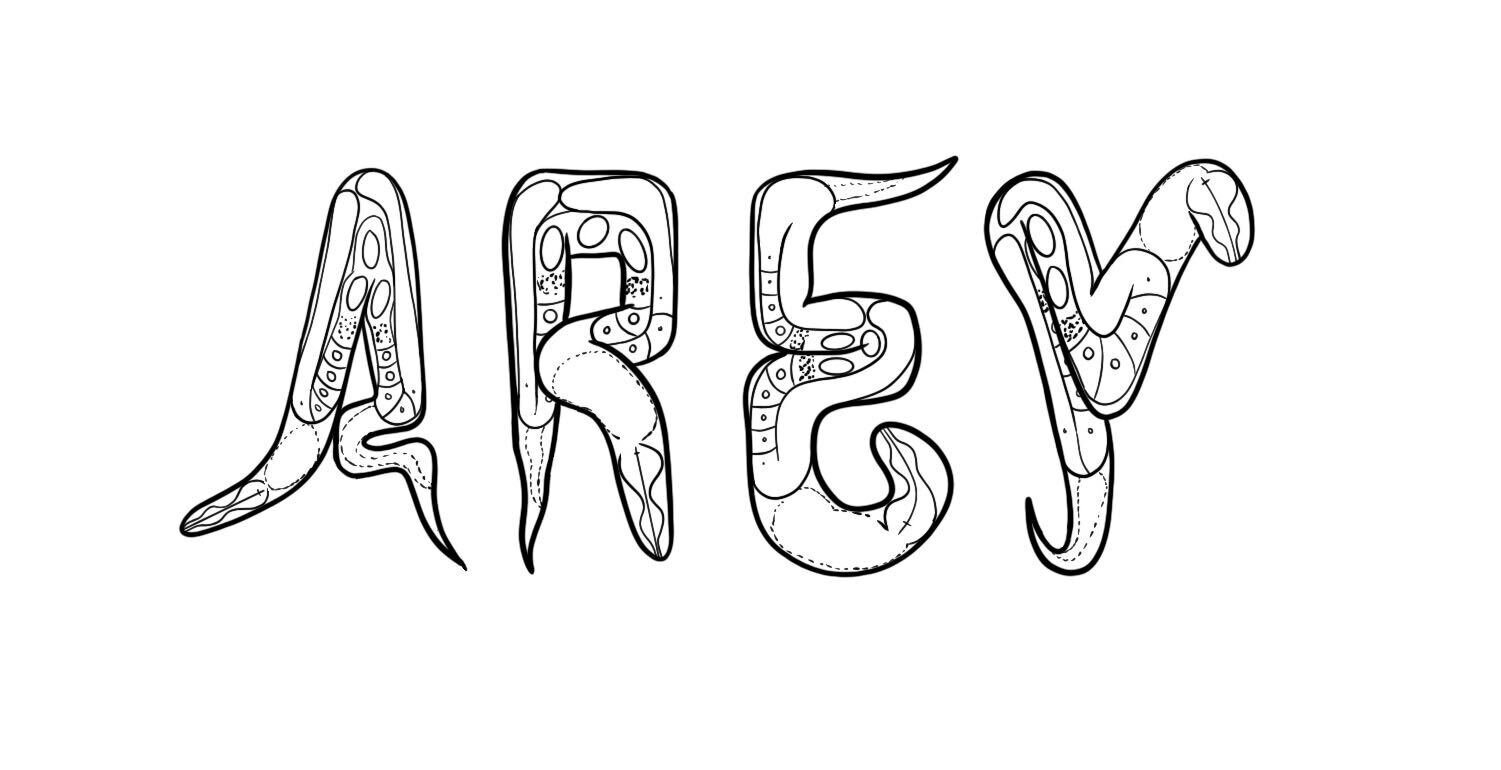What is a memory?
The ability to learn and form memories is one of the most critical functions of the nervous system. In humans, it allows us to learn, accumulate knowledge, and recall the past to inform present and future decision-making. Despite decades of study and major implications for human health, one of the most fundamental questions in neuroscience remains “What is a memory?”. The Arey Lab seeks to answer this question from a molecular standpoint using the simple nematode worm C. elegans. We combine, genetics, genomics, and behavior in this system to uncover new mechanisms of memory formation. We also take advantage of the worm’s short lifespan to study how memory deteriorates with age. By studying how memory ability is lost, we hope to uncover the most essential memory components so that we can develop therapies for diseases of memory dysfunction.
A simple system for complex behavior
The C. elegans nervous system consists of ~300 neurons, but they are capable of forming associative memories using the same molecular machinery as higher organisms.
Courtesy of Ashley Hayden


